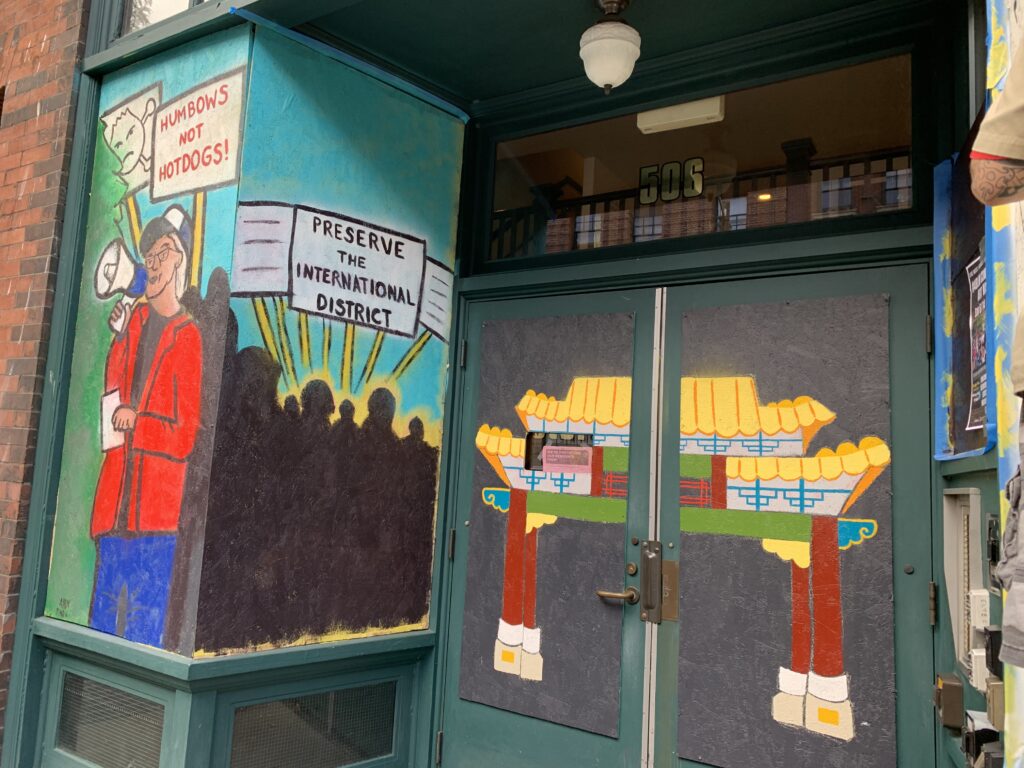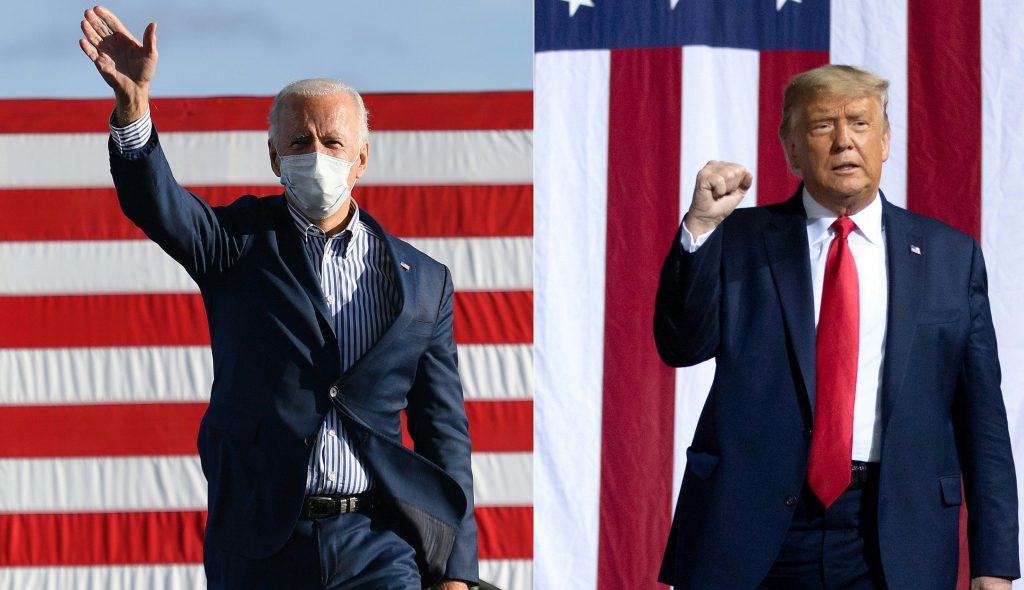-
PETER’S PINOY PATTER — DECEMBER 2020
Bridge Generation News
BG Personality of the Month, Fred Basconcillo, 83:
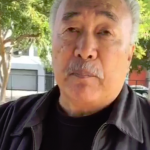
Fred’s extraordinary life experiences include his insider’s look of San Francisco’s Manilatown as a youth, his meteoric rise as an organized labor leader, and his activities in promoting Filipino American history during his later years.
Born on April 11, 1937 to immigrants Artimeo Espiritu Basconcillo and Maria (Velasco) Basconcillo, Fred grew up during the 1940s-50s when Manilatown was a thriving center for Filipino businesses and residents. He remembers it well: His father operated a three-chair barbershop and his mother ran the adjoining restaurant, the New Luneta Café which featured a lunch counter serving Filipino food. Behind the lunch counter was another business — pinoy rummy tables for manongs. Down a flight of stairs was a successful enterprise but of questionable legitimacy: a gambling hall ruled by his father for San Francisco’s social and political elite (gambling being one of the few businesses open for Filipinos). Because elite customers included Mayor Jim Rolph and chiefs of the fire and police departments, Fred’s father was always warned of impending police raids.
Young Fred personally benefitted from his father’s important connections. He met many of the city’s movers and shakers. Through one of the elites, he got a kitchen job at a brothel operated by SF’s last grand madam, Sally Stanford, whose patrons were reported by the San Francisco Chronicle as “the most select and whose girls were the prettiest and most elegantly gowned.”
On his first adult job, Fred began as an ironworker apprentice. He later learned he could never be promoted without a recommendation from a journeyman. The problem: there were no minority journeymen at the predominantly white company! Frustrated by the company’s discriminatory policy, Fred got into union politics to advocate for minority representation. He quickly got support from minority workers forcing the company to open promotions for people of color. After serving in several leadership positions, he rose to become President of the Building and Construction Trades Union, Local 790, in 1979 — the first Filipino American to serve in the position. As President of the local, Fred became heavily involved in national meetings of the Iron Workers International Association. Initially, he encountered opposition to his proposal to increase minority representation. But after adding women to his proposal, approval quickly came from the international union.
Union racism wasn’t Fred’s first experience with discrimination. As a paperboy at age eight, he was told by a white building manager he only wanted an “American boy” to deliver papers. As a teenager, he witnessed a Filipino man being lynched by a white mob on busy Market Street while the white woman he was with was assaulted.
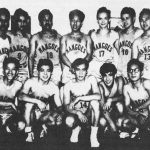 A highlight of Fred’s youth was his participation in the Filipino Mango Athletic Club of San Francisco. Established in 1939, the Mangos began the youth club movement as youth clubs soon sprouted in virtually every California community with a significant Filipino population. Its success in athletic competitions was unparalleled. At its zenith, the Mangos boasted more than a hundred members. When Fred joined, he was its youngest member. Older club members who served in World War II — Joe San Felipe, Dixon Campos, and Gene Amirol — became his role models. He made new friends. At interclub events he met members of other youth clubs.
A highlight of Fred’s youth was his participation in the Filipino Mango Athletic Club of San Francisco. Established in 1939, the Mangos began the youth club movement as youth clubs soon sprouted in virtually every California community with a significant Filipino population. Its success in athletic competitions was unparalleled. At its zenith, the Mangos boasted more than a hundred members. When Fred joined, he was its youngest member. Older club members who served in World War II — Joe San Felipe, Dixon Campos, and Gene Amirol — became his role models. He made new friends. At interclub events he met members of other youth clubs.Among Fred’s new friends was an attractive mestisa, Patricia Anderson, who would become his wife in 1956. In ensuing years, their union resulted in three daughters and a son. (Incidentally, their oldest daughter, Katherine Basconcillo, also became a union official.)
In 1990, Fred helped establish the San Francisco chapter of the Filipino American Historical Society, serving as its first treasurer. For his achievements in organized labor, he was bestowed the VIP (Very Important Pinoy/Pinay) Gold Award at the 1994 FANHS National Conference.
Now retired, Fred lives in Daly City (population: one-third Filipino), CA. He has continued to promote Filipino American history through lectures in bay area schools.
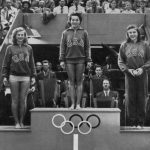 Perhaps his lasting contribution to FA history was in leading the successful effort to memorialize childhood friend and two-time Olympic diving champion, Vicki (Manalo) Draves, in a commemorative plaque at the SF Park named in her honor on October 9, 2015.
Perhaps his lasting contribution to FA history was in leading the successful effort to memorialize childhood friend and two-time Olympic diving champion, Vicki (Manalo) Draves, in a commemorative plaque at the SF Park named in her honor on October 9, 2015.Fred’s extraordinary life is yet another example of significant Bridge Generation contributions that paved the way for subsequent Filipino generations in America.
Filipino American Webinars:
Kudos to online magazine Positively Filipino and its publisher, Mona Lisa Yuchengco, for two excellent webinar presentations on the Filipino American experience:
“The Bridge Generation of Filipino Americans” on October 1. To kick off Filipino American History Month, BG icons Vangie (Canonizado) Buell, Dorothy (Laigo) Cordova, and your faithful blogger shared their experiences on topics ranging from “growing up” to “racism.”
“Filipino American Trailblazers” on October 26 featuring California Chief Justice Tani G. Cantil-Sakauye and Major General Antonio M. Taguba (ret.) In her nine years as California’s top judge, the Chief Justice — daughter of Bridge Generation parents Mary (Gorre) of Sacramento CA and Hawaii native Clarence Cantil — spoke of her unwavering advocacy for equal justice. General Taguba shared his years of leading the 2004 investigation of the physical and mental abuse of detainees at the Abu Gharib prison in Iraq by U.S. troops.
Both webinars were expertly emceed by Lloyd LaCuesta, former South Valley Bureau Chief of Channel 2 in Oakland.
From New York and Seattle:
This blog’s November lead story on Gloria (Carido) Nomura made it to the East Coast! The Big Apple’s online magazine “thefilam.net” which bills itself as “a magazine for Filipino Americans in New York” ran the story in its entirety. Thanks to founder/publisher Cristina Dc Pastor
In the wake of the George Floyd killing, a mural featuring eleven local People of Color icons sprang up in Seattle’s multicultural Chinatown/International District. Among the eleven icons were three Bridge Generation Filipino Americans — Dorothy Cordova, Bob Santos, and Dolores Sibonga.
Passings:
Carmen (Carido) Griggs, 84, Stockton CA. and Larry Samson, 77, Stockton CA
Happy December Birthdays:
Rose (Bucol) Jamero, Rosemary (Quitiquit) Figueroa, Clem Morales, Mike Nisperos, Phil Ventura.
Pinakbet — News Across America
Did You Know:
 Nat “King” Cole’s English rendition of the Filipino song “Dahil Sa Yo” is well known. But few knew that Doris Day, The Lettermen, Jerry Vale, and Arthur Lyman also recorded the classic.
Nat “King” Cole’s English rendition of the Filipino song “Dahil Sa Yo” is well known. But few knew that Doris Day, The Lettermen, Jerry Vale, and Arthur Lyman also recorded the classic. Internationally recognized as one of America’s foremost fashion designers, Monique Lhuillier boasts a bevy of famous clients including Gwyneth Paltrow, Reese Witherspoon, Michelle Obama, and Jennifer Lopez
Internationally recognized as one of America’s foremost fashion designers, Monique Lhuillier boasts a bevy of famous clients including Gwyneth Paltrow, Reese Witherspoon, Michelle Obama, and Jennifer Lopez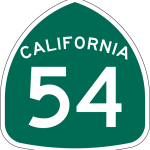 The Filipino-American Highway is a seven-mile stretch of CA Highway Route 54 that connects the I-5, I-805 and CA-125 freeways in San Diego.
The Filipino-American Highway is a seven-mile stretch of CA Highway Route 54 that connects the I-5, I-805 and CA-125 freeways in San Diego. Retired Judge Lillian Y. Lim was the first FA judge in the U.S. She was appointed to the San Diego Municipal Court in 1986 and later became a Superior Court judge until her retirement in 2007
Retired Judge Lillian Y. Lim was the first FA judge in the U.S. She was appointed to the San Diego Municipal Court in 1986 and later became a Superior Court judge until her retirement in 2007Musings
Election Takeaways
- Most important, Joe Biden’s victory saved American democracy with his convincing victory over Donald Trump.
- America has a legitimate President-elect in Joe Biden despite Trump many lawsuits alleging fraud. Every lawsuit except one failed due to lack of evidence and merit.
- The final vote count was not close. President-Elect Joe Biden had more than a 7 million vote lead and 306 electoral votes to Trump’s 232.
- Joe Biden’s margin of victory is the largest since 1932 when Democrat Franklin D. Roosevelt resoundingly defeated incumbent Republican Herbert Hoover.
- America continues to be a deeply divided country racially, demographically, geographically, and politically. Democrats won the presidency and held the House; but Republicans retained its majority in the Senate.
- Filipino American candidates for national office did not fare well. Before the election, House Democrats Bobby Scott (VA) and T.J. Cox (CA) were the only Filipino Americans in the Congress. But Cox lost his reelection race and Gina Ortiz Jones lost her bid for Texas’ 23rd Congressional District.
- Asian Americans in the U.S. Congress: four Indian Americans, three Chinese/Taiwanese Americans, one Japanese American, one Vietnamese American, one Korean American, and one Filipino American – even though Filipinos comprise the second-largest number of Asian Americans in America.
- More Filipino Americans voted for Trump among Asian Americans — eclipsed only by Vietnamese Americans.
Covid-19:
The pandemic continues to grow uncontrollably. At this writing, every state is experiencing record setting spikes in new infections. The nation’s cases are approaching 13 million and deaths are more than 263,000. Black and brown persons continue to die at twice that of whites. Over 1700 health care workers have died assisting Covid patients. Among nurses, 1/3 were Filipina/o although they constitute only 4% of nurses nationally. The White House Covid-19 Task Force did not conduct a briefing for four months. Apparently, the Administration does not consider the pandemic its highest priority.
It is clear that the President’s pandemic policy is not working. President-Elect Joe Biden did not wait to take remedial action as he immediately named a Covid-19 task force consisting of the nation’s scientific and public health leaders. However, Trump’s unprecedented failure to cooperate in a smooth transition of power slowed progress — not only with the pandemic and the economy, but also with national security. Having served on the transition team for Booth Gardner‘s successful 1984 election for Washington State Governor, I can personally attest to the critical importance of a smooth transition,
Merry Christmas and a Happy New Year
#############
